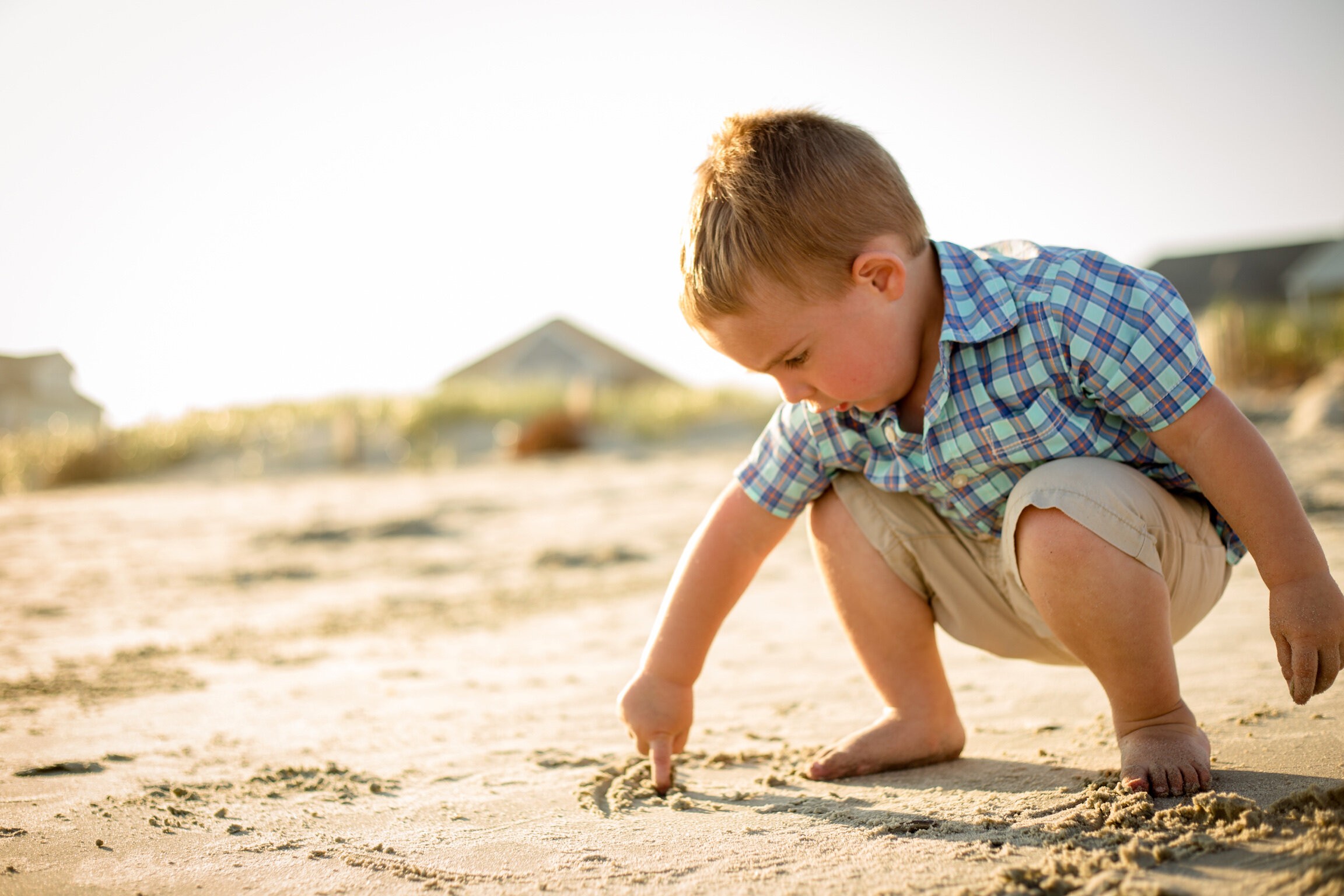A Focus on Emotion: Anxiety
For the month of June, Mighty Littles is focusing on feelings. We started last week with a focus on Empathy - as empathy is the root of connection between all people. This week, we are moving forward to talk about anxiety. Anxiety is one of the most pressing mental health issues facing women and children.
Did you know that 6% of pregnant women and 10% of postpartum women can have symptoms of anxiety? And, one in five children will experience some kind of clinical-level anxiety. Most often, anxiety in children is transient, however, if it isn’t recognized and the children don’t receive the help they need, it can lean to more longstanding anxiety.
When we are facing an uncertain future, worrying can feel ultra productive. But, in the end, it accomplishes nothing.
Here are some key points for parents to know when trying to help an anxious child.
1. Anxiety is a fear of the future. A level of perception that there is danger. Some anxiety in children is normal - like separation anxiety. But when it is amplified, and lasts longer than expected, that is when parents should seek help. Anxiety thrives on unpredictability, so structure and predictability for daily activity can be helpful.
2. In children, anxiety can manifest as physical symptoms - stomachache, headache, or vomiting can all signal anxious feelings. Children can have a rapid heart rate and become tearful. They may not be able to articulate what they are actually afraid of. They may seem as if they are acting out or behaving badly.
3. In order to reason with and help a panicked child, you must first help the child relax and calm down. Their body is in control, not their mind. The best method - be still, and try deep belly breathing.
4. Once children are calm, it is time to validate your child's fear. This is important, even if the child's fear is irrational. "I know these feelings are scary, and we know this is our worry brain telling us to be scared". One of the most important aspects of helping children with anxiety is to validate their concerns. They need to feel heard. The toddler afraid of moving out for college, while irrational, is looking for reassurance that they belong in the family home forever.
5. While our initial reaction may be to shelter our children from their fears, what we really need to do is help them face their fears. After validating their fears, help them face their fears by saying "We can do hard things" and talking about the hard thing they are facing.
6. Start with baby steps. Start with activities you know your child can accomplish. This will build their confidence and give them some wins! For instance, let’s take a child who is afraid of the sand and ocean. Start with putting your feet in the dry sand. Then wet sand. Then let the water come close to your toes. Then get closer and run away from the waves as they advance - a super fun game! Then let the water touch your feet and wash over your feet. You get the idea... Remember, patience is key. It took Lincoln a whole year to finally get close to the ocean.





